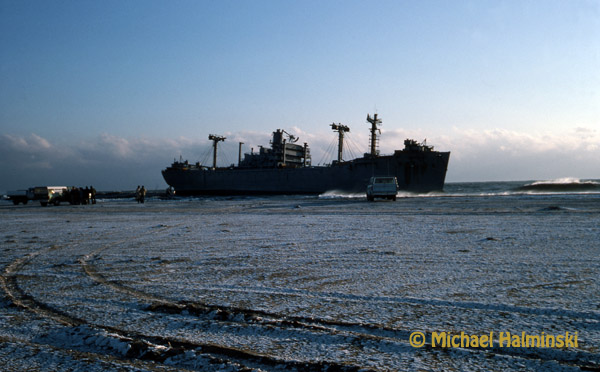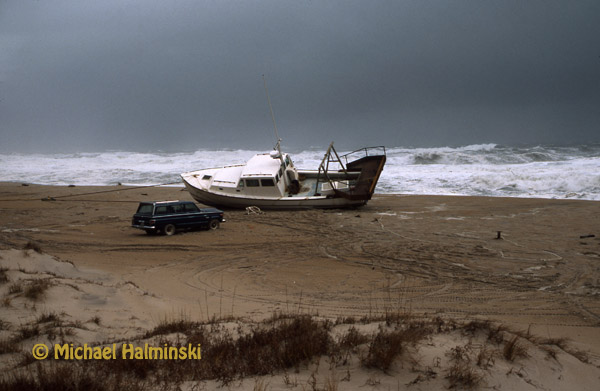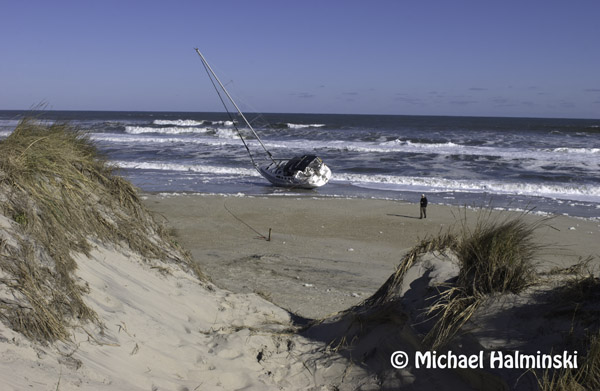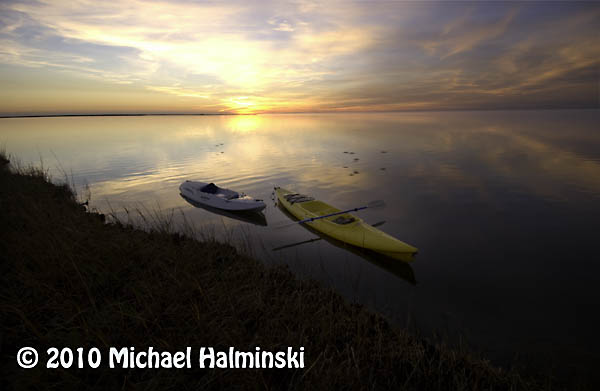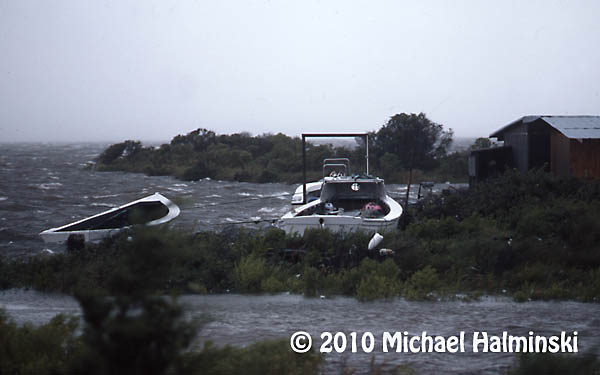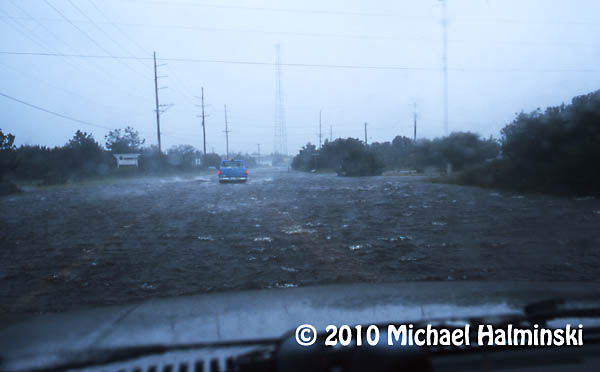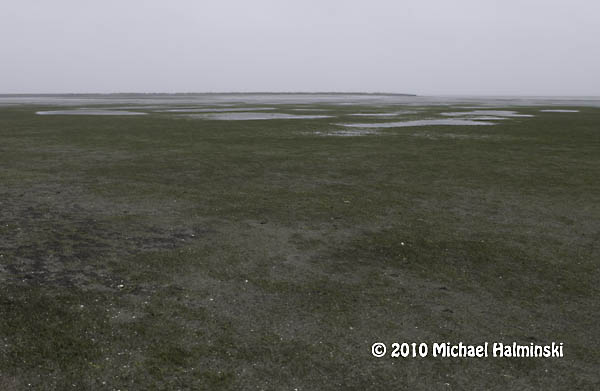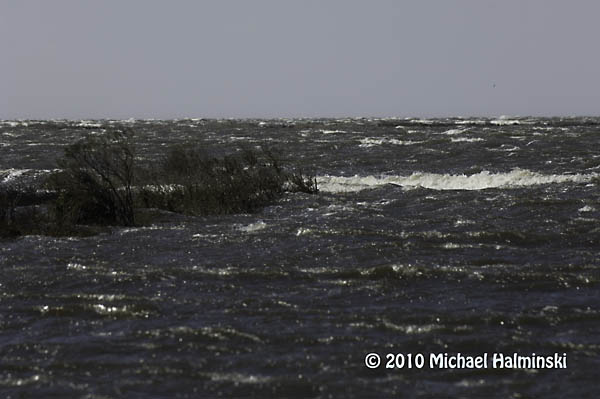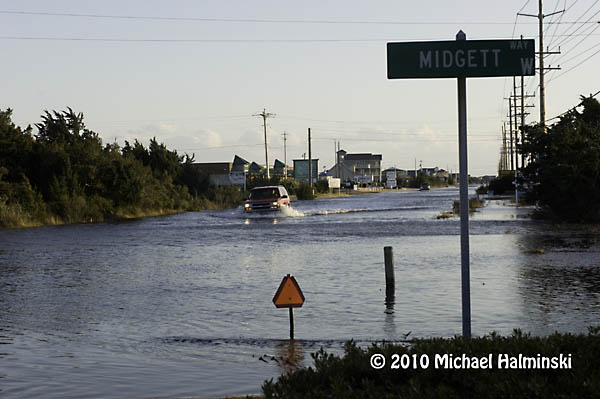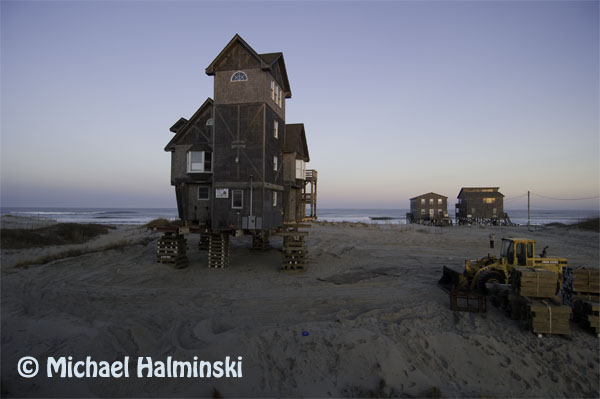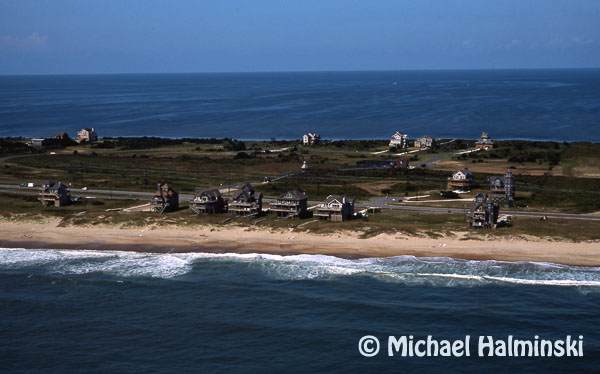You often hear about how people in the arts have to survive early on in their careers. Some work in restaurants or construction. I’ve been there… done that, but I also had some other interesting lines of work to make ends meet.
Back around 1975, when there was still considerable waterfowl hunting here, a neighbor asked if I wanted to earn some extra money. It turned out that they needed another waterfowl hunting guide, with no experience necessary. Uneasy at first, I quickly learned to emulate what the experienced guides did. They prepared boats, blinds and decoys among other things.
The work was tough, cold and wet. Hunting trips required 24 hour service, plus awakening at 4 AM to get hunters ready. But as with many things in retrospect, it was a pretty valuable and unique experience. I was a licensed guide at Gull Island for 5 years.

The lodge at Gull Island had four bunk rooms, a mud room for gear and guns, a kitchen and dining area, a rec room with television, and a separate privy with generator room on the north side. It was a particularly comfortable building, especially considering its location, miles out in the Pamlico Sound.

The interior was equipped with heaters, wall lamps and a refrigerator all run on propane. In the above photo, I am at the head of the table in red shirt. We were treated to some first-class hearty meals out there.
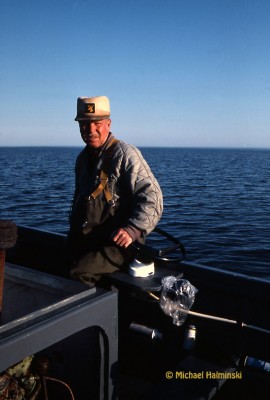
Raymond Midgett was one of the hunting guides that I worked with. Here he runs the 24 foot skiff, that used a reliable 4 cylinder air-cooled Wisconsin engine for power. It was slow, but got the job done. Thus it was named Anytime. It was built in Avon by Willy Austin.
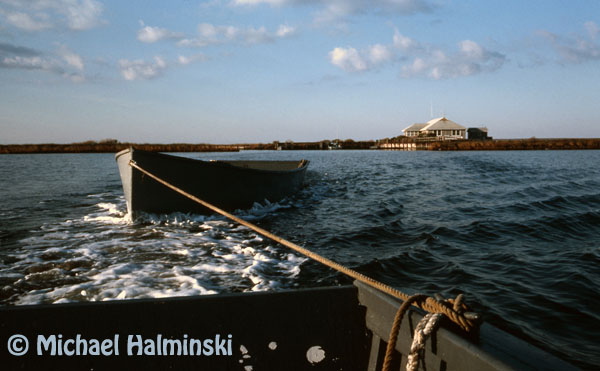
Here Anytime tows one of the decoy skiffs to pick up a hunting rig.
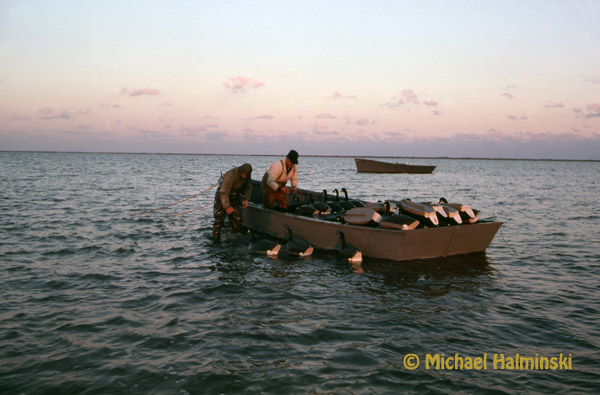
Mark McCracken and Burt Hooper pick up after a day of hunting. Burt amazed me with his sharp vision. He could spot a flock of ducks a mile away and tell you what type of fowl they were, before you could even see them.
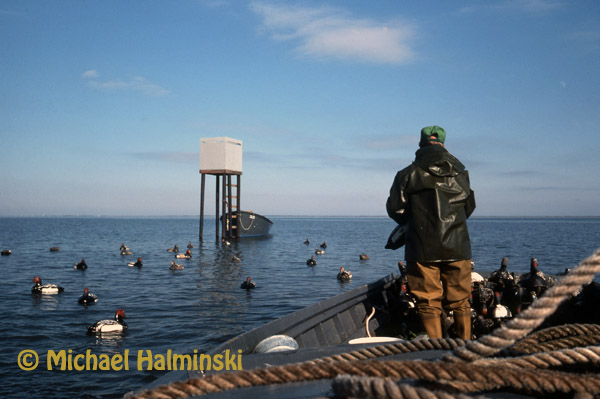
Raymond Midgett throws out a stake blind rig, while I drag the skiff through the thigh deep water.

This image was made of the same stake blind, taken from the north deck of the club house. I used a Nikon F2 with a Century 650mm lens attached. It shows shot hitting the water while the hunters fired at the “cripples”.
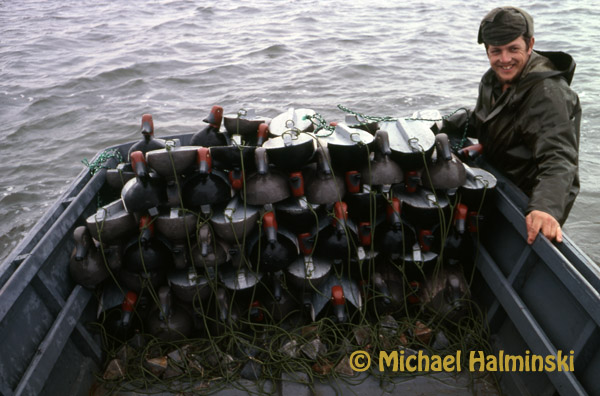
Michael Peele is a native of Hatteras, and was a regular hunter at Gull Island. Here he poses with a skiff full of redhead decoys that I painted and rigged with lines and lead weights. Gull Island is where I learned to tie a bowline knot.
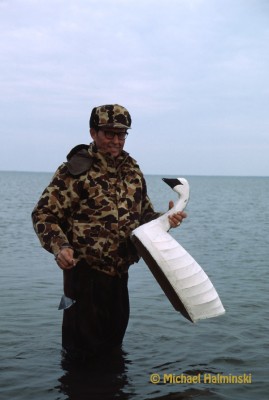
Manson Meekins of Avon was also a regular visitor to Gull Island.
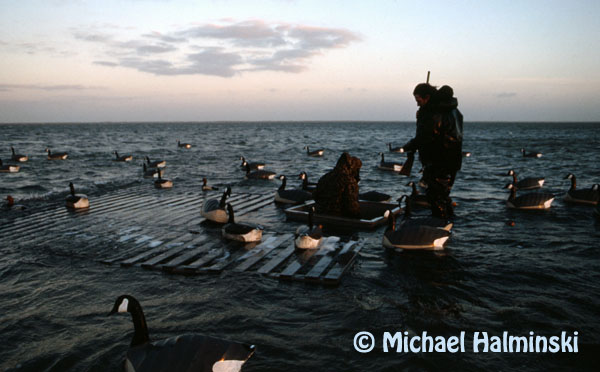
The sink box, also called a battery box, required a lot of work to install, maintain and rig. We hunted three different sink boxes around the island. They lured waterfowl and worked extremely well.

Alex Kotarides (standing on deck) was the owner of Gull Island Gunning Club. He also owned a huge bakery in Norfolk. Here he stands with nephew Chris (far left) and bakery employee Fred Keitch (far right). Alex was a very generous man. Every Christmas he would bring some local villagers turkeys and hams for the holidays. He also loaned me $1100 so that I could buy my first high quality telephoto lens.

This is a shot of Gull Island Gunning Club taken during it’s glory days. I used the 400mm Novoflex lens (mentioned above) mounted to my F2 while standing in the marsh of Bay Landing on Hatteras. Gull Island is two miles away. Around 1990 while being renovated, the house accidentally burned to the ground. Today all that remains is the island, an old dock and a lot of memories.



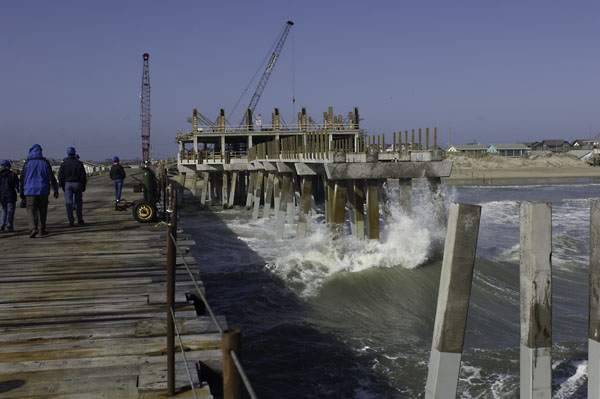


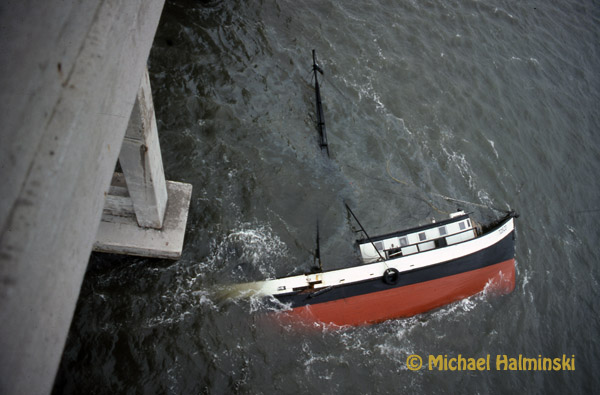
 This photo from 1989 shows my friend Robin Gerald inspecting the stern section of the GA Kohler.
This photo from 1989 shows my friend Robin Gerald inspecting the stern section of the GA Kohler.